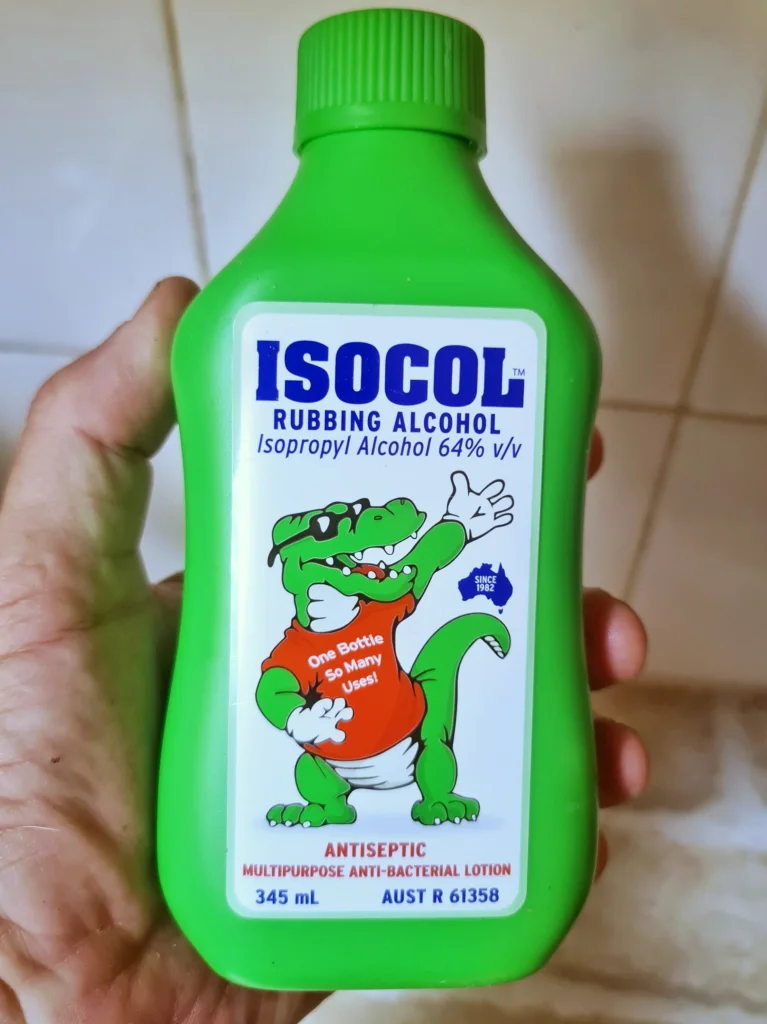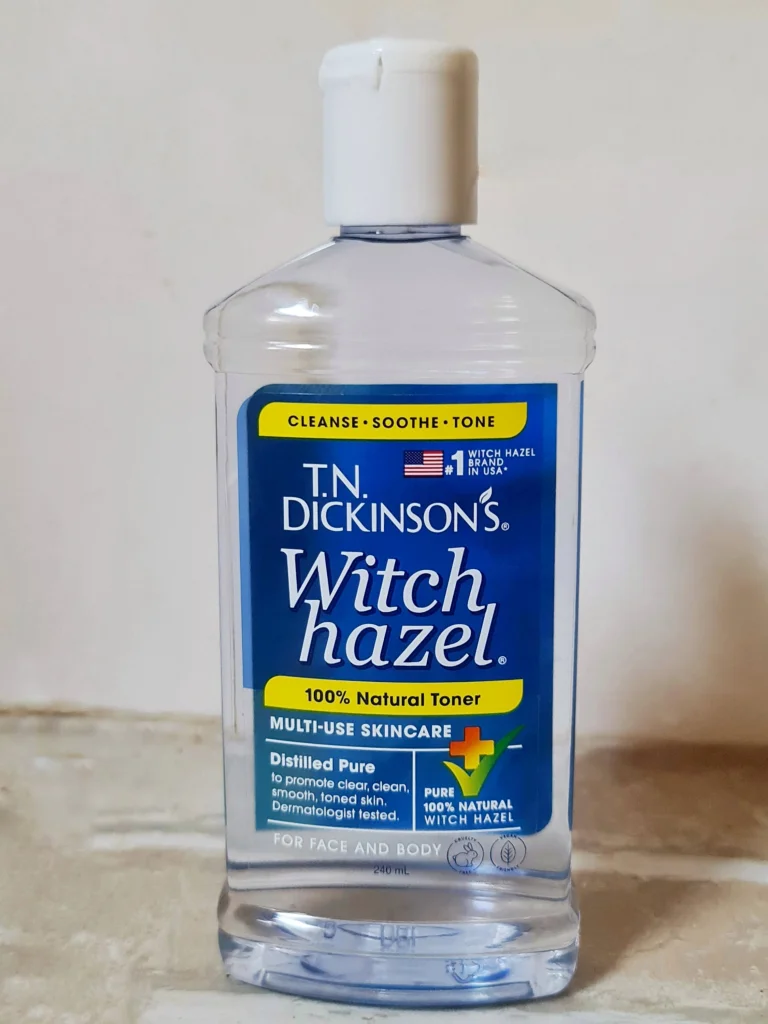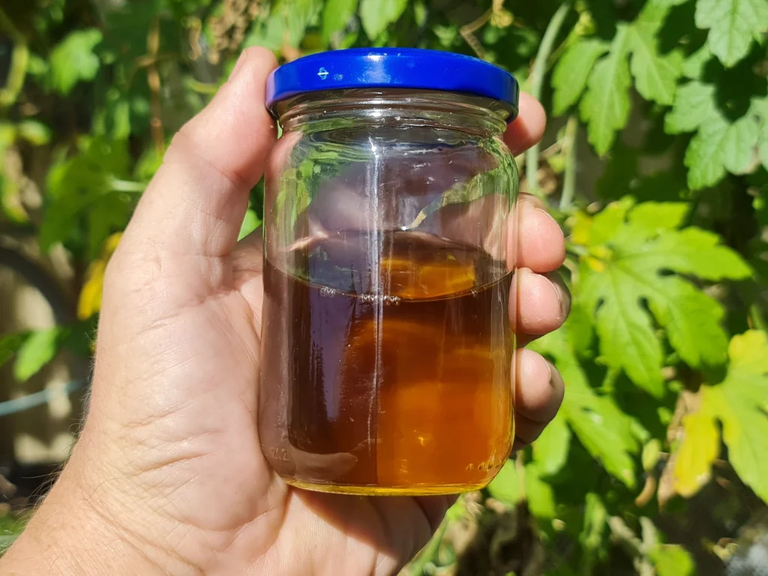Make your own herbal liniments for cheap.
A little aside. You can skip this paragraph if you want to get straight to the herbal stuff.
If you're a regular reader of my stuff, you will probably notice a few downvotes and some little tiffs in the comments section, starting with my last post. It's because a zionazi has incurred my wrath for posting some pretty sick stuff glorifying what the butchers are doing in #Falastin. Of course, they're striking back. On a more positive, yet very sad note, I'm giving a gift of Hive (min of 10) to any post I find supporting the struggle in #Falastin, #Congo, #Jordan, #Syria, #Australia etc etc. The sad part is that there are very, very few. Hive is a ghost town for activists. I set a bunch of Hive aside to directly help Hive members living in the worst affected areas but I haven't been able to communicate with them. Obviously with so much infrastructure destroyed it is impossible for them to communicate in return. Anyways, It won't stop me from spreading the herbal love, so onto this week's - liniments.
Herbal stuff starts here.
Herbal liniments are wonderfully soothing topical remedies for stiffness, arthritis, aching muscles and joints, and many external complaints. I used to use oils for most external things but I was inspired a while back to try them after reading the website of Jan, the Nerdy farm wife.
They are made in a similar manner to tinctures but using rubbing alcohol instead of ethanol. Rubbing alcohol is isopropyl alcohol with a scent added. You can use plain isopropyl alcohol instead of rubbing alcohol but the price is much higher.
Alcohol has medicinal properties of its own that may be taken into consideration when making a remedy. It has penetrating properties and if allowed to evaporate, can be cooling but if restricted from evaporating by massage or covering, it can be quite warming. It is great at killing microbes (including viruses) and can be used as an antiseptic.
I’ve found that, generally, isopropyl alcohol makes a better homemade liniment than ethanol but if you’re stuck that’ll work fine (another use for Vodka!). Isopropyl alcohol is much cheaper too.
When sourcing your alcohol, you have several choices. Rubbing alcohol is 64% alcohol and you can cheaply and easily get it from supermarkets and chemists. You can buy 99% isopropyl alcohol from hardware stores (you’ll need to dilute it before using) but the price is higher. I’ve found that the ‘Family’ brand of 70% ethyl alcohol in the pic below can make a passable liniment. We get that from an Asian grocery store in Parafield Gardens. Whatever alcohol you use, make sure it is in the 60-70% range by the time you use it.
Liniments have an advantage over oils in that they are non greasy and won’t leave grease spots on your clothes.
Caution: DO NOT DRINK your Isopropyl alcohol. It is not like the Ethanol you use in tinctures and will make you sick. Read our ‘Learning about alcohol ‘ page to learn more about using alcohols as a kitchen herbalist.

If you’re against using alcohol, as many folks are, try using Witch Hazel as your solvent. The Witch Hazel that you buy from the chemist or supermarket is probably an alcohol based (14%) product but if you want to pay extra extra, you can get a water based version that’s made by steam distillation of the herb. You can also buy water based versions from Chemist Warehouse but they are usually blended with other herbs such as Aloe Vera. The water based version of Witch Hazel won’t extract some constituents as well as alcohol but it has its own beauty. Witch Hazel has its own healing properties – it is cooling and astringent (I used it a lot when I was younger as a solution to that worst of teenage afflictions – acne). Those properties make Witch Hazel excellent for surface infections, irritation and inflammation.

Making your own liniment
Certain herbs take well to liniments, especially those that are used for making deeply penetrating, muscle relaxing oils such as Bitter Melon and Mugwort. You can warm up your liniments with a little Cayenne or Ginger too.
You only need alcohol and your herb(s). I make my herbal liniments in the same way that I make folk tinctures. All you need to do is to cut your chosen herb as finely as possible and add alcohol to cover the herb with about 1 cm of extra alcohol above the level of the herb. Use a blender if you have one to make sure everything is reduced in size and well mixed.

If you’re using dried herbs or powdered herbs, cover the herb with an equal amount of alcohol (eyeballed, by volume) and let it soak for a few hours. A lot of the alcohol will be absorbed and the dried herb will expand so you will probably need to add additional alcohol to cover the herb with a little extra on top.
Leave the menstruum somewhere warm and out of direct sunlight for 2 – 4 weeks weeks, shaking it well every day.
When you’ve finished the allotted time and shaking, sieve and press out the alcohol. At this time, add any tinctures or other additive that you wish, then bottle and store.
That’s it.
Great herbs to use in your liniment
Our favourite herb to use as a liniment is Ampalaya or Bitter Melon, making a homemade liniment from it is a common thing in the Philippines where folks combine the soothing powers of the herb with the cost effectiveness and availability of Rubbing Alcohol. It works well for muscle pain.
Other herbs to consider for herbal liniments are –
- Calendula – to relieve congestion and inflammation by move local lymphatics.
- Cayenne – for its warming properties, especially useful for varicose veins. Can decrease the sensation of pain as the capsaicin overloads the pain receptors.
- Chamomile – soothes by reducing inflammation.
- Comfrey – for all of those achy muscular and joint injuries.
- Dandelion flowers – use if the skin in the area to be treated aches
- Ginger – warming and dispersing
- Mugwort – used in herbalism to carry the healing characteristics of other herbs deeper into the body
- Witch Hazel – a powerful astringent that can add to the healing effect of the liniment. You can use Witch Hazel instead of rubbing alcohol as your solvent.
- Lavender – is there anything this plant can’t help with? Soothing, relaxing and moving, it is ideal for our purposes.
- Pine needles and or resin – ideal for liniments for stiff, achy joints. Smells great too.
- Willow Bark – a well known pain reliever that can be used externally for minor pain.
- Yarrow – Cramps, painful varicose veins, inflammation.
Really though, most of the herbs that you would use to make a penetrating, relaxing or warming oil could be used in your liniment.
Menthol
Menthol can be a wonderful addition to your liniment. It was originally found in the Mint family of plants, especially the Mentha genus such as Peppermint. It is wonderfully penetrating and so soothing that it is used in cigarettes to make the foul, toxic, irritating brew of chemicals that smokers inhale stop them from coughing and spluttering – I mean, why would you in the first place?
Menthol is very strong. A tiny pinch, less than 1/4 tsp is enough to be noticeable in its effect. To use it, crush up a small amount of crystals in a separate bowl and mix with a small amount your chosen alcohol until it is fully dissolved then add it to your liniment. I recommend making your liniment first and trying it out before adding the menthol. It is often unnecessary and can easily overpower the herbs that you’ve used. However, it does make a wonderful addition to liniments for deep penetration, it is one of the active ingredients in the ‘Deep Heat’ style of product.
Adding tinctures to your liniment
You can add a few drops of your herbal tinctures to your home made herbal liniment to help achieve the results that you want. You only want to add a little or they can overpower the herbs that you made your liniment from. Add the tincture after you’ve strained and filtered your liniment.
Adding essential oils to your liniment
In general, I wouldn’t worry about this. Essential (or ‘volatile’) oils are very strong and won’t mix with the water component of the alcohol in the liniment (remember, alcohol is a mix of alcohol and water). You would normally add your essential oil to a carrier oil to use, buffering the effects of the volatile oil but in a liniment, the essential oil doesn’t blend and exists as tiny droplets of pure oil, suspended in the water component of the alcohol. That means that when each droplet contacts the skin, the surface receives the full effect of the oil which can be quite harsh. Add to this the fact that the skin has already been ‘opened’ by the alcohol and things can get quite irritating. If you really want to add the healing benefits of another herb to your liniment before use, consider a tincture or glycerite of the herb you want to use (see above).
<br.
Using your home made herbal liniment
Use your herbal liniment as you would rubbing alcohol. They are mainly used by rubbing them into the sore muscles and joints by hand. They’re pretty similar to the ‘Deep Heat’ style of products but it instead of using methyl – salicylate and menthol as the active ingredients to induce a feeling of heat, you are using your chosen herb to do the healing.
I tend to avoid using liniments on open wounds – that rubbing alcohol can sting! If the wound is a minor scratch or scrape such as you’d normally clean up with an alcohol wipe, then it is OK to do the same with your liniment. If that is the case, a Calendula or Yarrow liniment will work healing wonders. Generally, with many externally applied herbal remedies these rules are to never use Arnica on open wounds (it is toxic once it gets into the body) and don’t use Comfrey on deep wounds – it works so well that it can close the top of the wound before the deeper parts have healed and that can lead to infection.
Remember – don’t drink your liniment, just rub it in!

Some of you may have seen that I've been writing a series of posts about making herbal remedies at home. I want to share what I know of this topic so that, as the world gets crazier, folks will have other avenues of medical care, namely those of themselves and their community. If you look back over this blog, you can see heaps of info on the topic, plus loads and loads of posts on herbs and using Australian bushfoods from a white perspective. If you haven't been around on in the @hivegarden and @naturalmedicine communities for long, you may be interested in looking back. There's w-a-a-a-a-y too much there for me to repost and the Hive system doesn't let you vote on old posts so, if you're happy with what you find, I believe that there is now a tip option...





